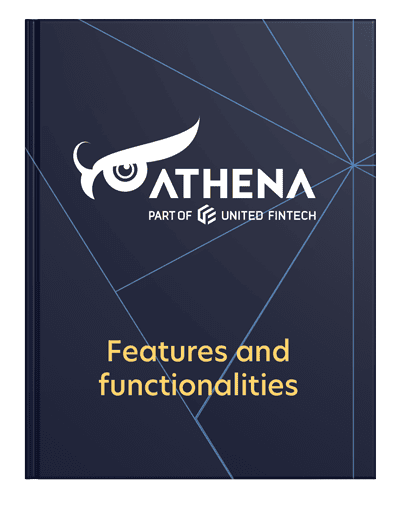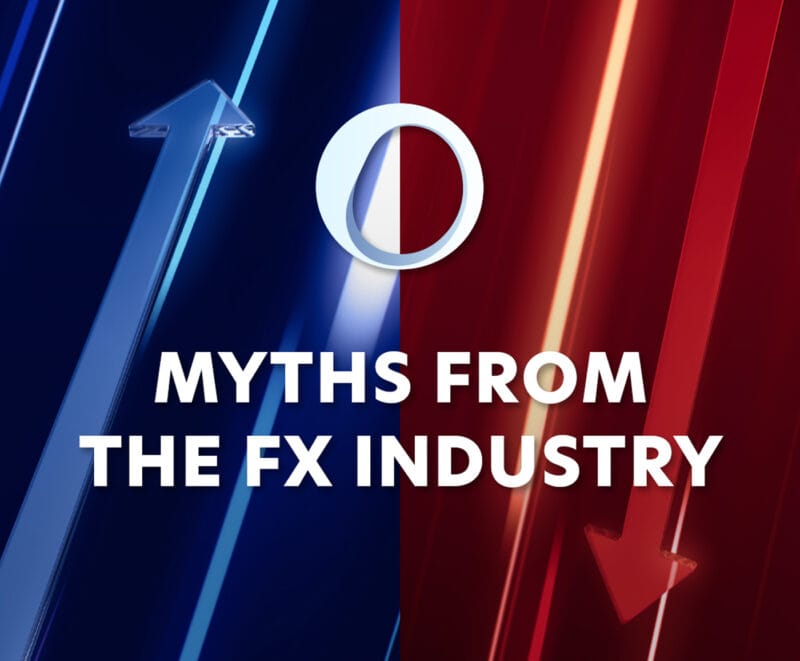If you watched in fascination as companies like GameStop and AMC reached irrationally high share prices in the last year, you’ve already witnessed the growing influence of meme stocks.
Throughout the past 18 months, multiple forces collided to create an ideal environment for new investors to enter the stock market. But perhaps nothing has been so impactful as social media.
Platforms like YouTube, Facebook, and especially Reddit have emerged as hubs of information around stock trading. They serve as a community for retail investors, offering an introduction to the complicated world of financial markets, and tempting users with the promise of high returns earned through clever investment.
When these traders pool their influence, they can send stock prices soaring, resulting in meme stocks. Though the term defies strict definition, meme stocks are characterized by sudden bursts of popularity and volatility arising from increased attention on social media.
But even though meme stocks (or meme ‘stonks‘, as the online communities call them) hardly qualify as an established investment strategy, they nevertheless offer opportunities for financial service providers who are keen to attract a new generation of investors.
The people behind the memes
Meme stocks are propelled by the rise of retail investors, individual amateurs who are exerting a growing influence on the stock market. But unlike their institutional counterparts, retail investors have much more liberty in how they choose to invest their own money.
While most traders will agree that they’re interested in increasing the value of their investments, some new investors see themselves more as financial vigilantes, out to fight the 1%. One Reddit trader remembers: “I bought my first three GME [GameStop] shares…at $300. I knew it was a bad idea, but still figured there was a chance it would keep going up, and fuck [sic] hedge funds, if nothing else.”
United Fintech offers a new, interactive kind of charting by NetDania. Engage clients in conversation both internally and externally with Social Charts! Learn more
Many retail investors first began trading in 2020, in a confluence of new conditions: a global pandemic kept people at home and gave them time to focus on their finances; stimulus payments provided them with a sudden cash flow; and commission-free digital trading platforms such as Robinhood and eToro offered new opportunities for trading at any level.
By January 2021, the biggest retail e-brokers reported 8.1 million average daily trades, up from the previous record of 6.6 million average daily trades in December 2020. Today there are over 100 million users on the top six online brokerages used by retail investors. And while this large user base is inherently diverse, they do have one key characteristic: they’re young.
Before 2020, the median age of investors was 48. Today, Robinhood’s median user age is 31, while Apex Clearing, a clearing and custody engine used by brokerages, reported that it opened one million accounts in 2020 for Gen Z investors, averaging just 19 years old.
The dangers of meme-based investinghttps://www.reuters.com/article/us-retail-trading-numbers-idUSKBN29Y2PW
Joining the upswing of a rising meme stock can be thrilling and potentially lucrative, but it’s a high-risk enterprise. Meme stocks are notoriously volatile, with high volume and short peaks. Share prices are tied directly to the number of people willing to invest in a short time period, and when sentiment fades or the market runs out of new participants, share prices can fall swiftly.
The SEC issued a statement in January, 2021 warning of the risks of investing in “bubbles,” “manias,” or “momentum investing.” Still, many investors continue to gamble on meme stocks for the entertainment value it provides, basing decisions on emotion rather than fundamental information.
YOLO, or “you only live once,” encourages traders to take big risks and invest based on gut feeling, while FOMO, or “fear of missing out,” encourages others to follow suit quickly. Holders of meme stocks are prone to panic-selling as soon as they sense a shift in popularity.
“This is not investing,” said Joe Duran, Head of Personal Financial Management, in a podcast for Goldman Sachs. “This is speculation and gaming.”
Meme investors skew market prices so much that even after a significant drop, which makes prices appear cheap, they’re still over-valued. And rushing to make trading decisions can lead to big mistakes, with investors accidentally buying shares in a company with a similar name.
Still, the “gamification” of stock trading has clearly worked to energize this new cohort, and they don’t seem to be losing any momentum.
A gateway to serious trading
Many traders feel a personal connection with meme stocks. And regardless of whether that stems from nostalgia, a desire to squeeze short-sellers, or a true belief in a company’s future performance, new investors seem to be committed to staying in the market.
According to Public.com, 81% of meme stock traders have gone on to invest and diversify their portfolios, and nearly three-quarters have encouraged their friends or family members to start investing.
No more static screenshots of your charting research. Social Charts is an engagement platform where you can share chart predictions in your enterprise setup or on social media. Learn more
These new investors use a variety of sources to inform their trading decisions. 27% reported turning to Reddit as a news source, while others mentioned YouTube (37%), Facebook (25%), and TikTok (12%). 33% reported reading annual reports from companies they’re interested in.
Significantly, a majority of investors (53%) said they get their information directly from their investing app. This is a huge opportunity for financial service providers who want to attract, retain, and grow this demographic.
Investment platforms and regional banks risk missing out on some big opportunities if they don’t cater their offerings to retail investors as well. Real-time data, trading charts, and financial news can help these investors understand how meme stocks and investor sentiment are affecting financial markets and keep them coming back for more.
Speaking to Generation Investor
Perhaps the biggest difference between this new generation of retail investors and their institutional counterparts is their level of financial literacy and understanding.
A majority of these meme stockholders are first-generation investors. They entered these turbulent financial markets independently, without formal education or inherited knowledge. No wonder 63% of new investors said that learning about investing made them feel more powerful.
And it is exactly that kind of emotional connection that inspires people to invest in meme stocks in the first place. Banks and other financial institutions who wish to capitalize on this growing user base should focus on ways to empower them through education and user-friendly market data.
Because meme stocks are the symptom, not the cause. Social media will continue to influence stock prices in unlikely ways. But what is fully foreseeable is a huge pool of new investors ready to explore the market.
About United Fintech
United Fintech offers the best fintech products on one central platform. We enable banks and financial institutions to access innovative digital technologies — including real-time data, trading charts, and financial news — by partnering with engineering-led fintech companies with proven capital markets products.
Learn more at https://unitedfintech.com/














